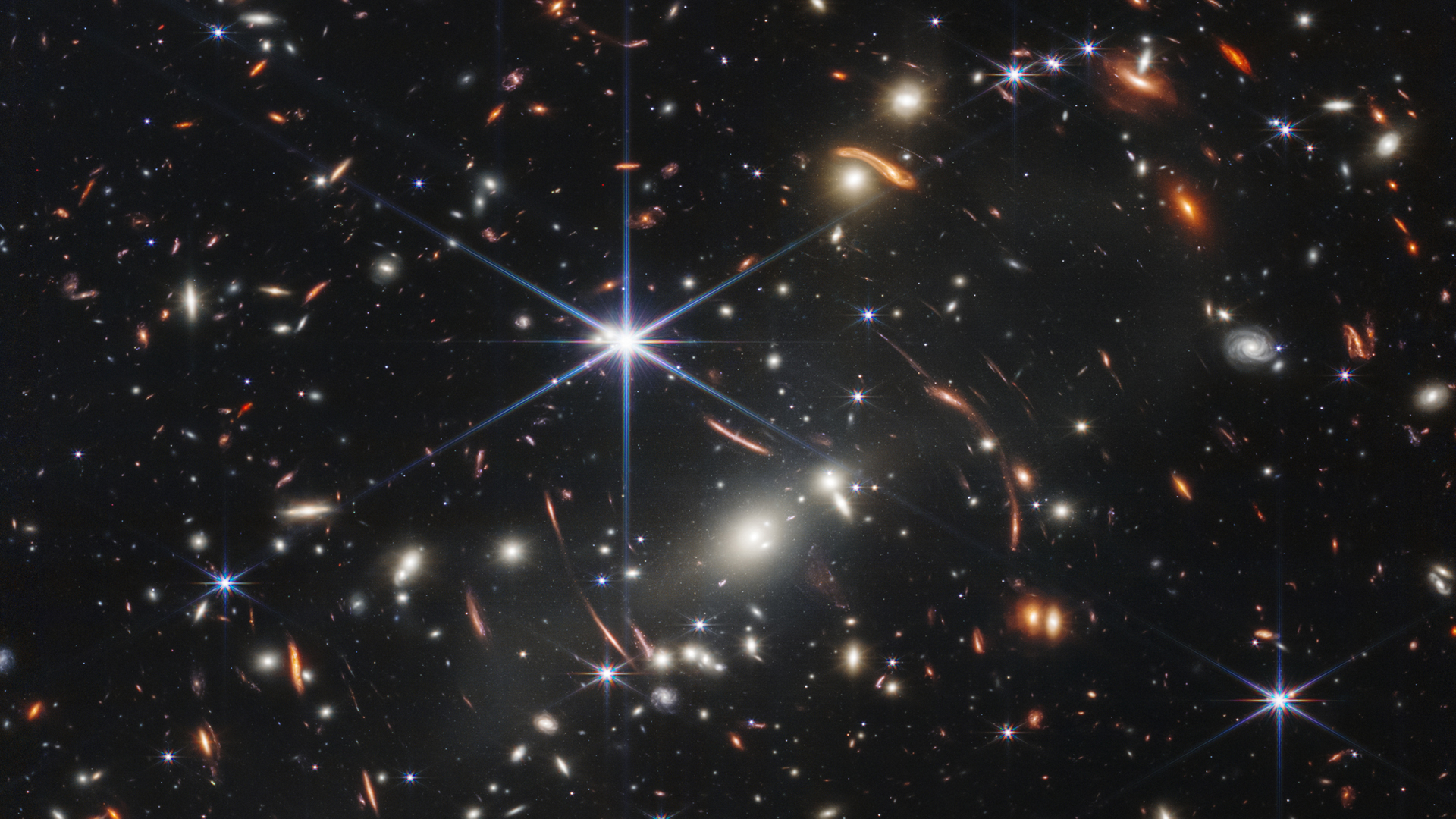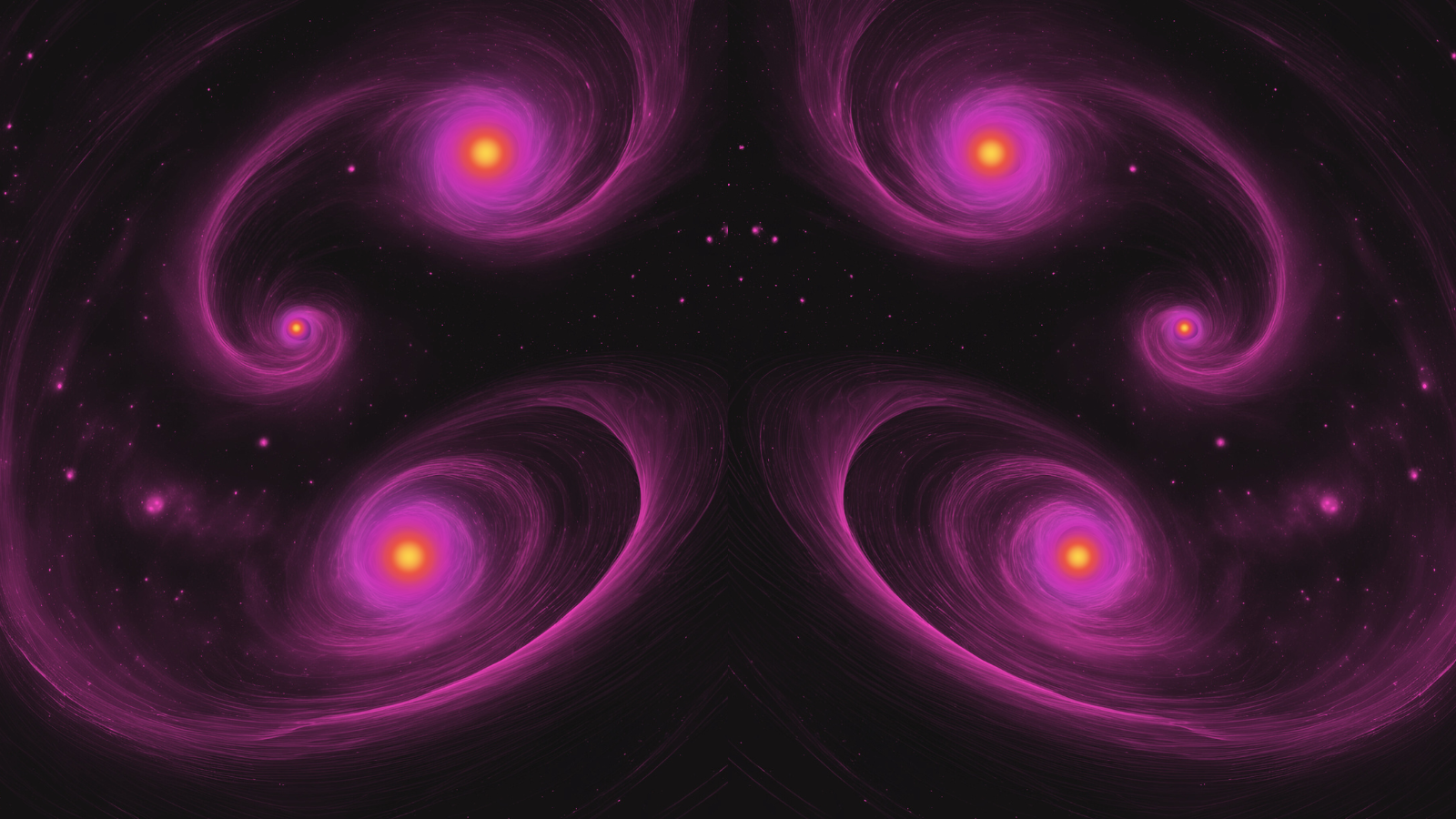Expert Voices: Op-Ed & Insights
Join our Space Forums to keep talking space on the latest missions, night sky and more! And if you have a news tip, correction or comment, let us know at: community@space.com.
Latest about expert voices
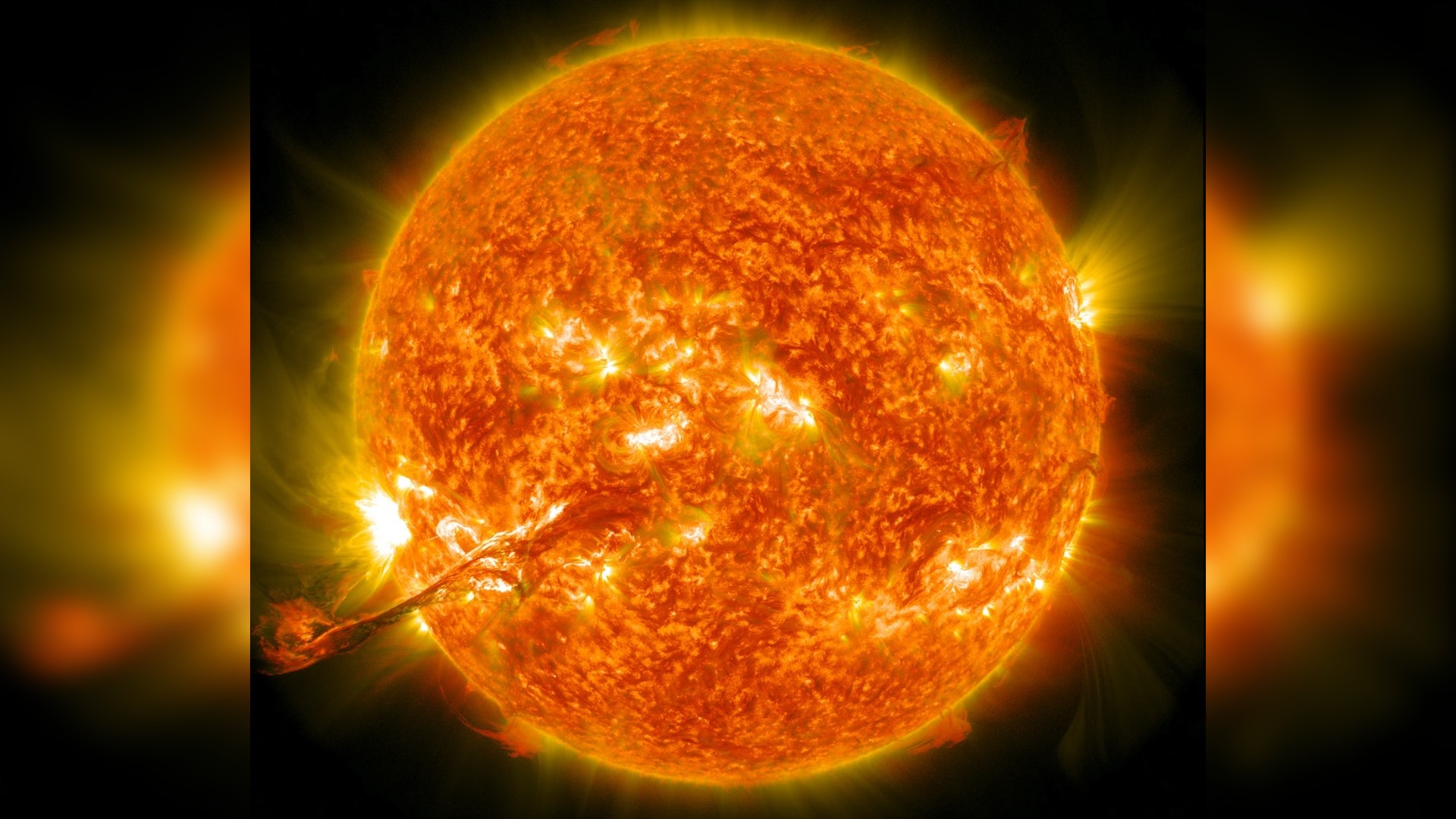
'One of the greatest damn mysteries of physics': We studied distant suns in the most precise astronomical test of electromagnetism yet
By Michael Murphy published
There's an awkward, irksome problem with our understanding of nature's laws that physicists have been trying to explain for decades.
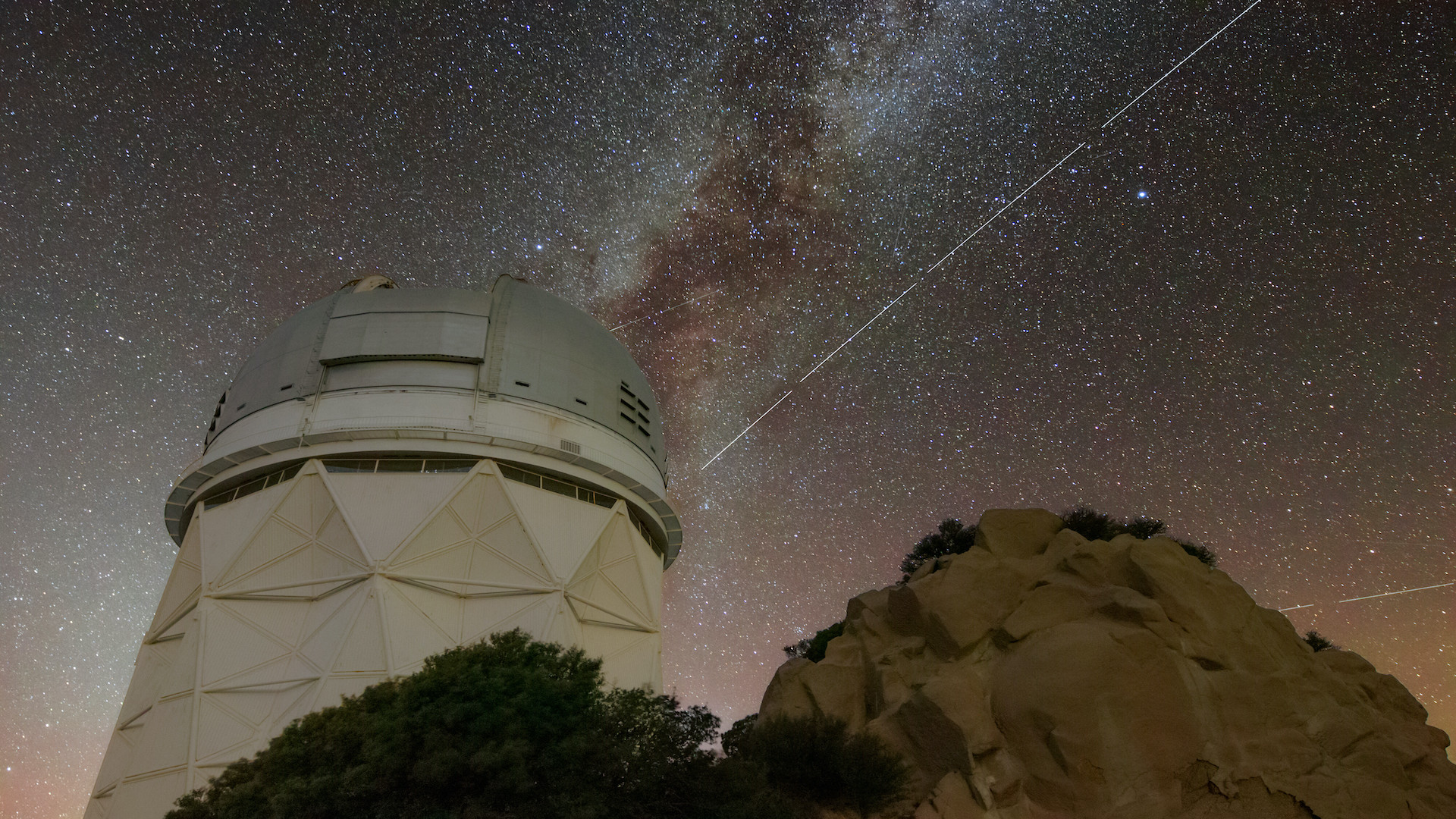
BlueWalker 3, an enormous and bright communications satellite, is genuinely alarming astronomers
By Michael J. I. Brown published
On a dark night, away from the city lights, you can see the stars in the same way as your ancestors did centuries ago.

The sky isn't just blue — airglow makes it green, yellow and red too
By Michael J. I. Brown, Matthew Kenworthy published
Is blue the true color of the sky, or the only color of the sky? It's complicated.

Tracking CO2 emissions from space could help support climate agreements
By Ray Nassar published
The central objective of the Paris Agreement is to limit Earth's warming to well below 2 degrees Celsius above pre-industrial levels, but preferably below 1.5 degrees.
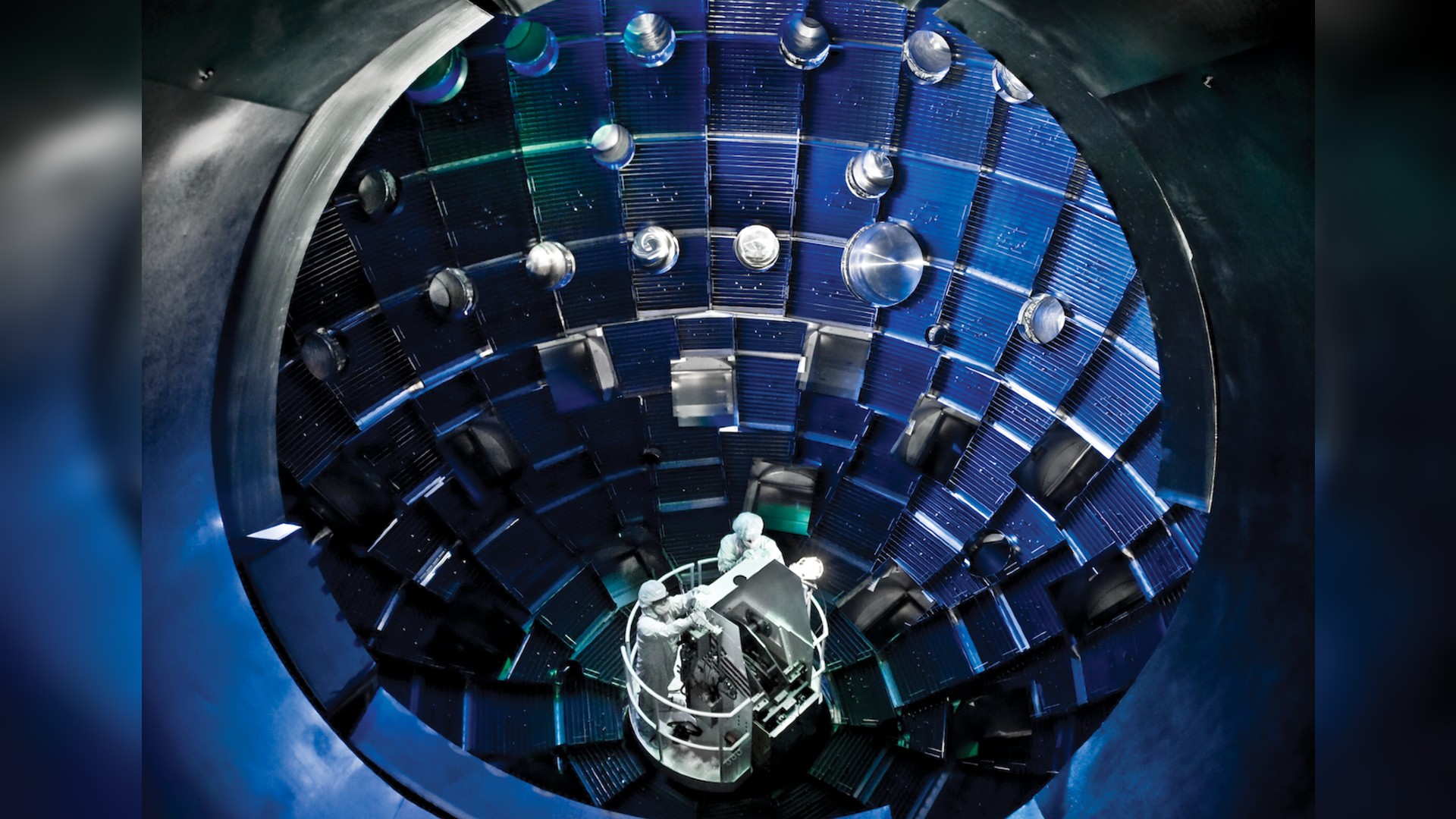
Why fusion ignition is being hailed as a major breakthrough in fusion — a nuclear physicist explains
By Carolyn Kuranz published
American scientists have announced what they have called a major breakthrough in a long-elusive goal of creating energy from nuclear fusion.
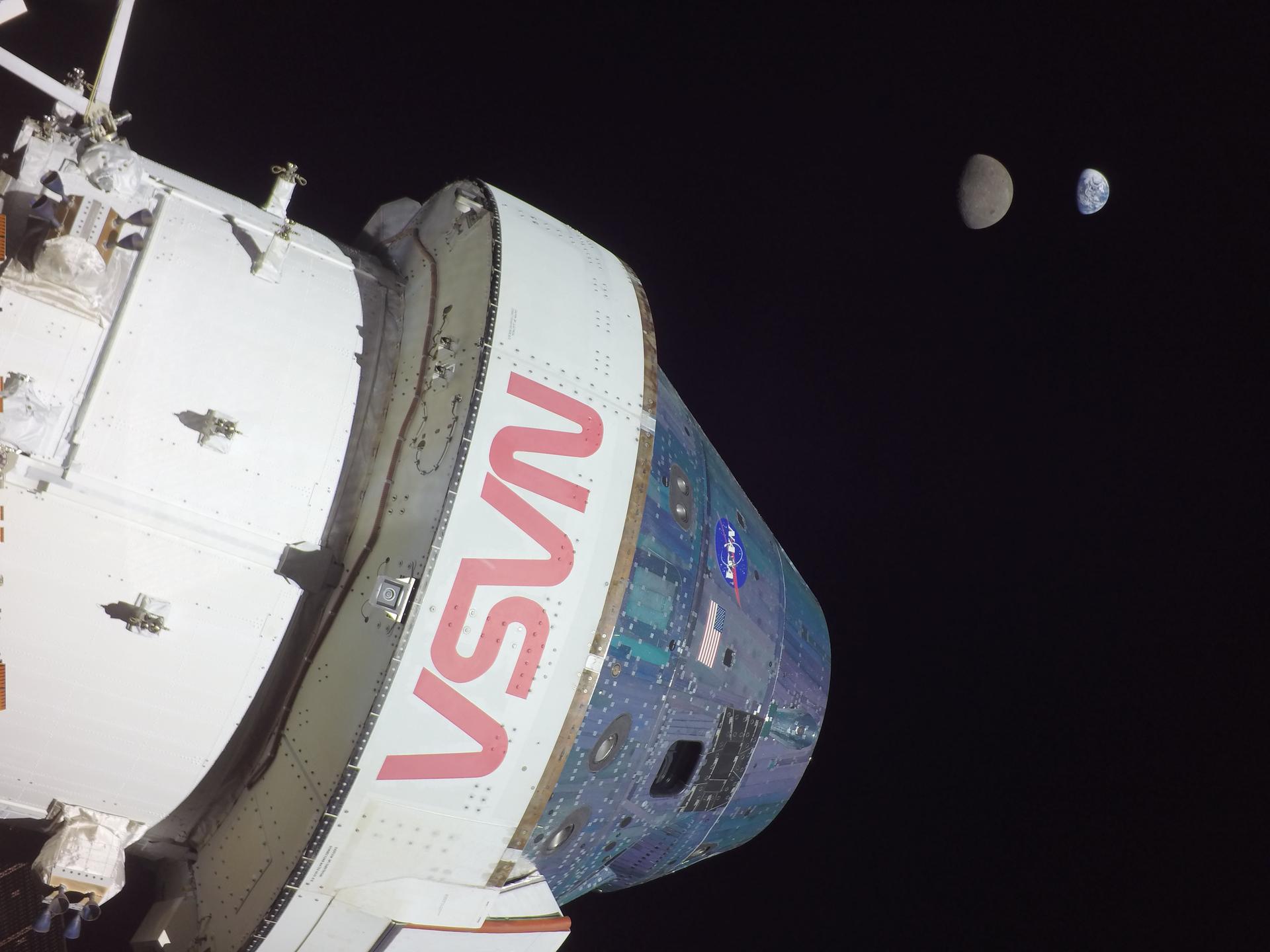
Looking back from beyond the moon: How views from space have changed the way we see Earth
By Alice Gorman published
How does a stunning photo from Artemis 1 compare to other iconic views of Earth from the outside?

University of California workers strike for a more equitable future in education (op-ed)
By Briley Lewis published
48,000 academic workers across California are fighting for higher wages and workplace protections.
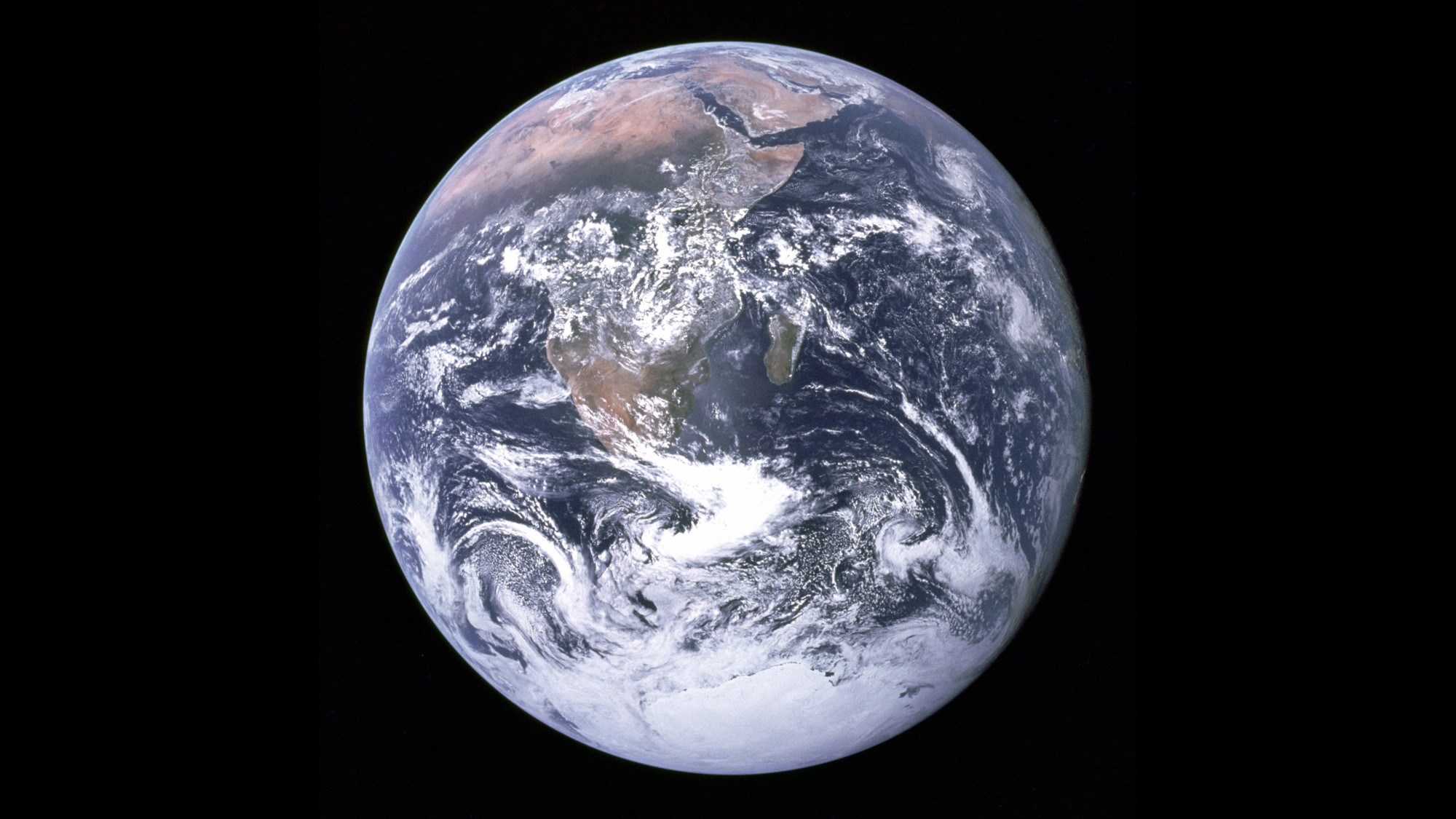
The 1st photograph of all Earth: 50 years on, Blue Marble still inspires
By Chari Larsson published
The astronauts of NASA's Apollo 17 spacecraft, the last crewed mission to the moon, took a photograph of Earth and changed the way we visualized our planet forever.
Breaking space news, the latest updates on rocket launches, skywatching events and more!
